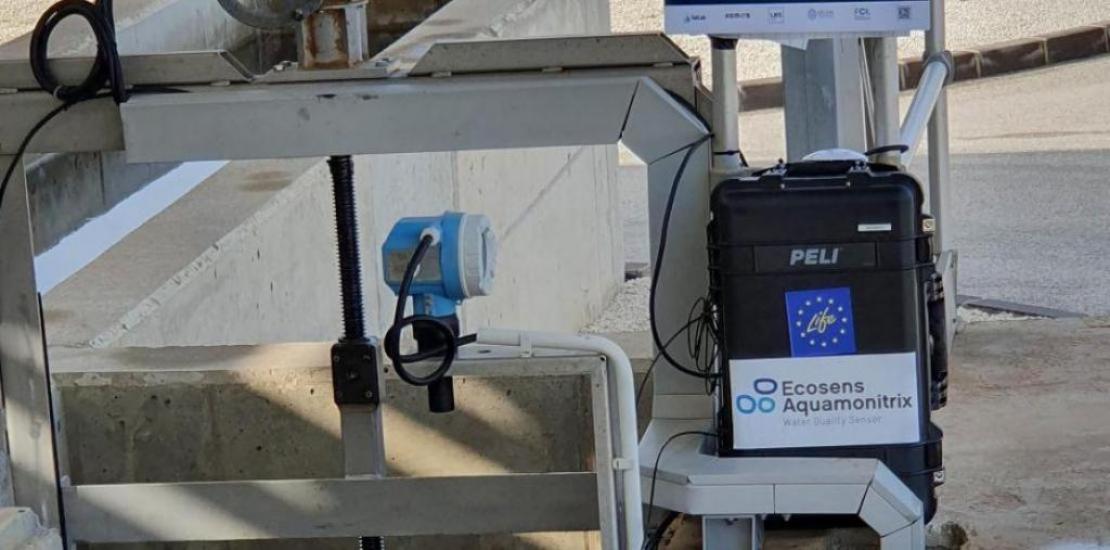A low-cost prototype provides real-time information regarding wastewater quality
UCAM, who validated this device in four sewage treatment plants of the Region, participates in the European project Life Ecosens Aquamonitrix, together with partners from Ireland, Finland, Portugal and Spain.
UCAM Universidad Católica de Murcia held the Conferences for the monitoring, analysis and smart management of water, where an advance in the results of the European Project Life Ecosens Aquamonitrix, in which it participates with its research groups GRITA and TASA, together with other institutions and companies, such as the Spanish company LKS Krean, or TelLab (Ireland), Kemira (Finland) and the Universidade Nova de Lisboa were presented. This European project is co-financed by the European Commission, through the Life programme, which focuses on the environment and on climate change.
The researchers developed and implemented, during 3 years, a low-cost, portable and autonomous system for the monitoring of water, both wastewater and water of natural origin, to control its quality in real time through IoT technologies. Seventeen devices were installed in the different participating countries, nine of them in the sewage treatment plants of Molina de Segura, Alcantarilla, San Pedro del Pinatar and Los Alcázares, which belong to the ESAMUR sewage and water treatment network of the Region. These devices made it possible to monitor the levels of nitrates and nitrites, which are compounds of interest in our Region.
Juan Miguel Navarro, main researchers of the GRITA group of UCAM, assures that in areas as arid as the Region of Murcia “we must leverage all the water resources we have, hence the importance of the reuse of water, something that is already being done with 95% of waste water, which is mostly used for agricultural purposes”. Until now, quality controls were carried out manually in specific moments of the day, “while this new device, which will be available on the market soon, offers information regarding the efficiency of the water treatment and, therefore, its quality, in real time and it can even be installed in ‘hot points’, such as the watercourses”, explains Nuria Vela de Oro, researcher of the TASA group.




